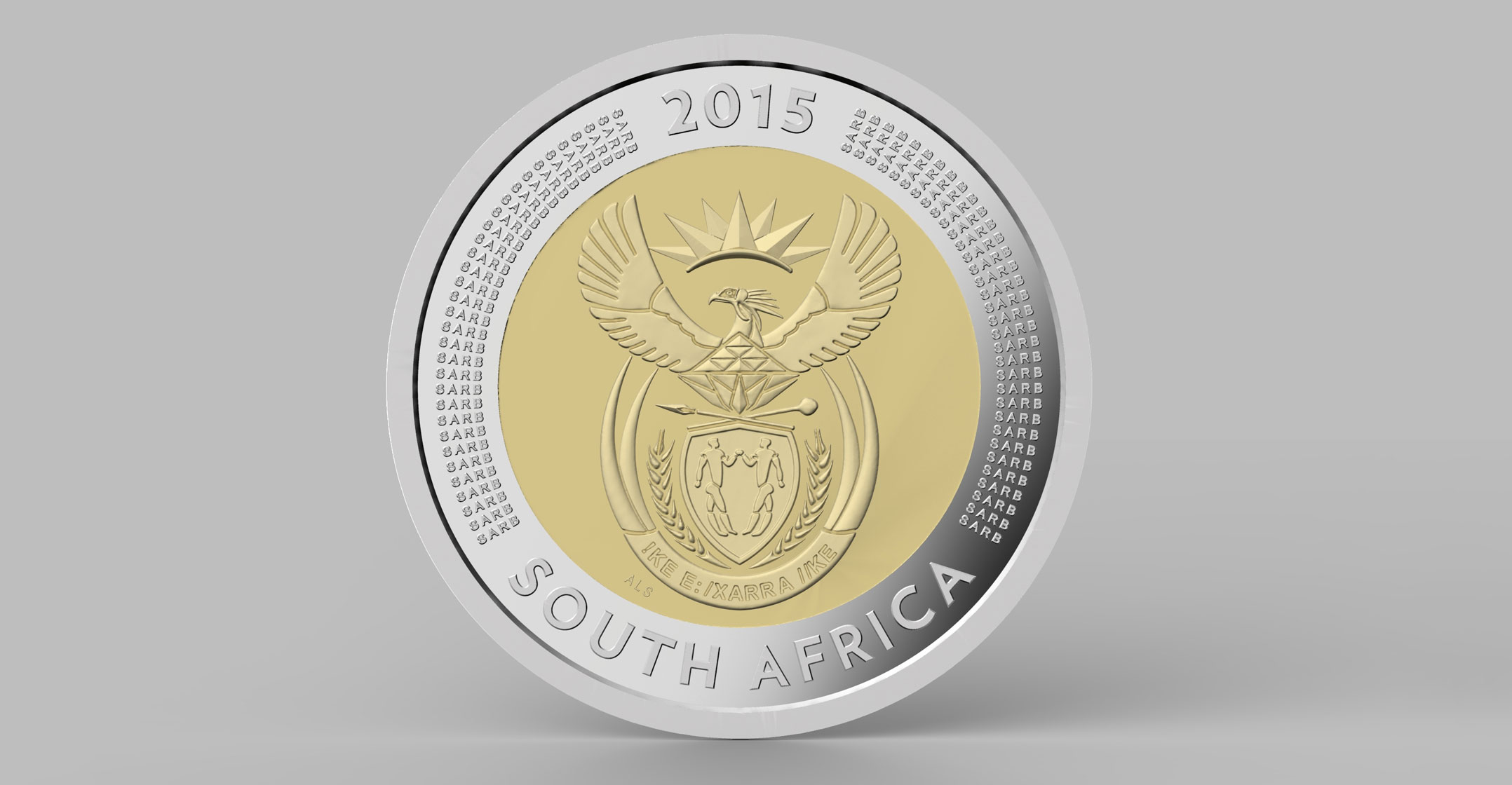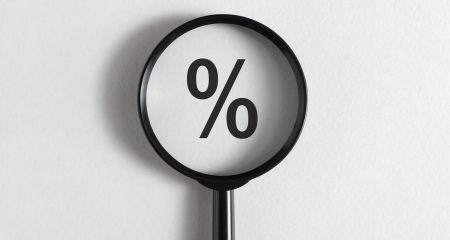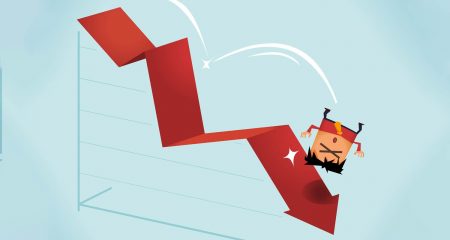 South Africa’s economy slumped into its second recession in consecutive years as power cuts weighed on output and business confidence dropped, adding to pressure on the central bank to cut interest rates.
South Africa’s economy slumped into its second recession in consecutive years as power cuts weighed on output and business confidence dropped, adding to pressure on the central bank to cut interest rates.
GDP shrank an annualised 1.4% in the last quarter of 2019, compared to a revised 0.8% decline in the three months to September, Statistics South Africa said on Tuesday. The median estimate of 12 economists in a Bloomberg survey was for a 0.2% drop in output. The economy contracted 0.5% from a year earlier, the first time in almost four years that GDP has shrunk from the same period a year earlier.
The contraction means the economy has had two recessions since President Cyril Ramaphosa came to power at the start of 2018. For the full year, economic growth was 0.2%, the lowest since the global financial crisis, and half of what the Reserve Bank estimated in January, when it cut its key interest rate.
While the Bank’s monetary policy committee’s projection model priced in only one more 25-basis-point cut in the fourth quarter of this year, easing could come sooner and be more aggressive, especially with rate cuts by the US Federal Reserve back on the table because of the impact of the coronavirus on global economic growth. South African MPC member Chris Loewald said last month the Reserve Bank will take into account the virus impact on the global economy at its next rate-setting meeting.
“This will put pressure on the Reserve Bank to cut at the next meeting, especially as the oil price has tanked,” which could lead to further cuts in the fuel price and inflation below the MPC’s estimates, Elize Kruger, an independent economist, said by phone. “A combination of lower inflation and growth forecasts will paint them in a bit or a corner, especially in terms of the global overlay and virus impact.”
Eskom to blame
Forward-rate agreements starting in one month fell 4.5 basis points to 6.31% and are now pricing in an 80% chance of a 25-point decrease in the repurchase rate when the MPC announces it decision on 19 March.
Struggling state power utility Eskom implemented the deepest electricity cuts yet in December, dragging down factory output. Business confidence that’s near a three-decade low continues to weigh on fixed investment spending, with companies wary of committing large sums of money to projects. Gross fixed capital formation decreased by an annualised 10% in the quarter.
The continued lack of growth will weigh on the government’s revenue collection and efforts to tame debt and narrow the budget deficit. It will also make it even more difficult to lower an unemployment rate that’s close to 30% and seen as one of the biggest obstacles to reducing poverty in one of the world’s most unequal nations.
 The rand extended its decline to trade 1.4% weaker against the dollar by 12.18pm in Johannesburg.
The rand extended its decline to trade 1.4% weaker against the dollar by 12.18pm in Johannesburg.
The currency could have lost more against the dollar if not for the underlying coronavirus crisis that had triggered a severe corrections ahead of Tuesday’s numbers, said Cristian Maggio, head of emerging markets at TD Securities in London. The “figures remain a grim reminder of South Africa’s economic performance, which fails to pick up at each given opportunity”, he said.
Credit-ratings companies have been flagging deteriorating debt metrics due to low GDP growth and high budget deficits as a key risk. Tuesday’s data increases the risk that South Africa will lose its last remaining investment-grade assessment at Moody’s Investors Service. — Reported by Prinesha Naidoo and Amogelang Mbatha, with assistance from Simbarashe Gumbo, Gordon Bell, Renee Bonorchis, Robert Brand, Colleen Goko and Vernon Wessels, (c) 2020 Bloomberg LP




